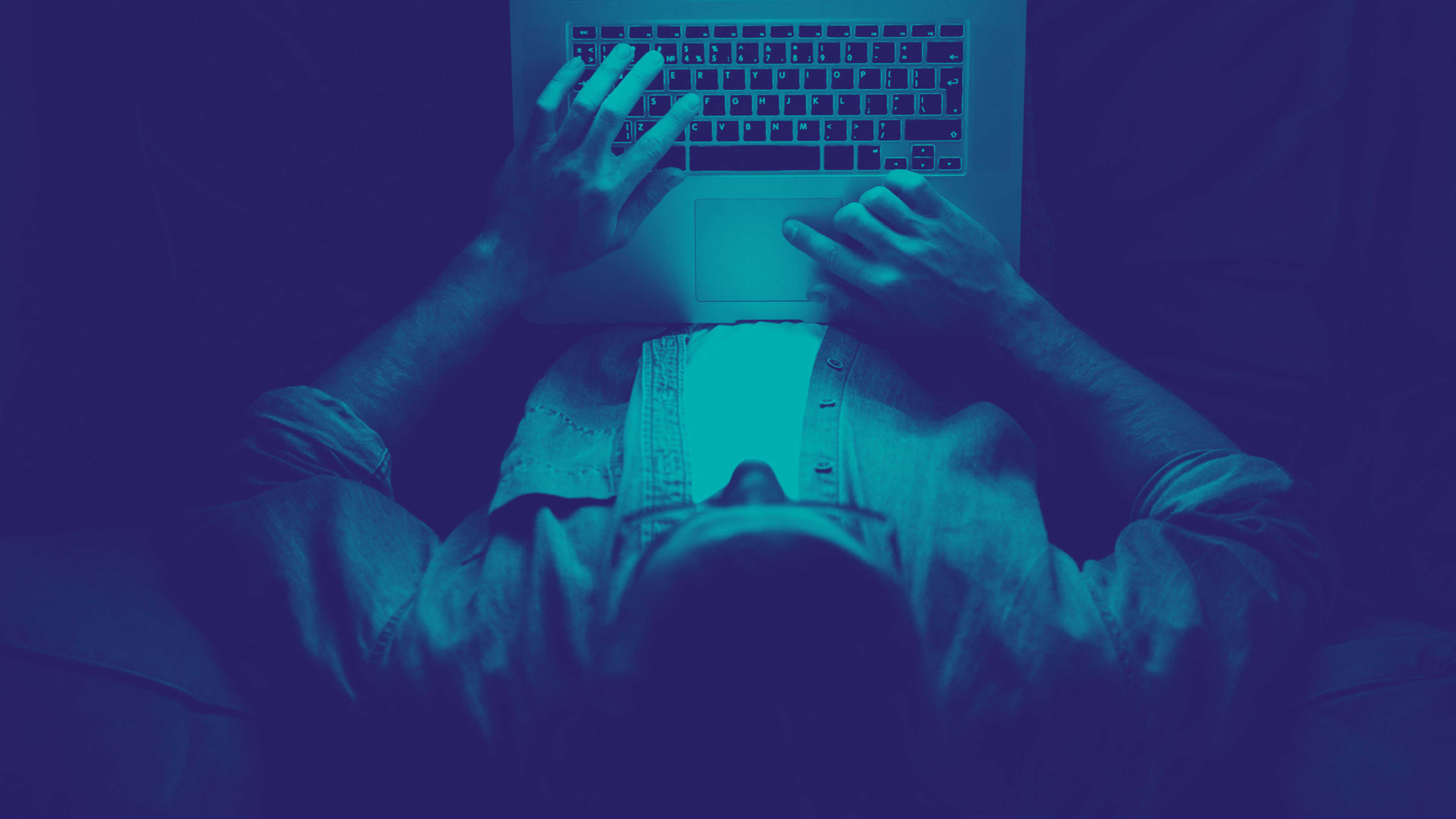In a 2014 study, productivity software company DeskTime found that the most productive workers were those who took regular breaks, working on average 52 minutes and then taking 17 minutes of break time.
But the researchers wondered if that would hold true after all the upheaval of the pandemic. “The entire reason why we wanted to pursue this research was because our work lives have changed so dramatically over the past year and half,” says Julia Gifford, one of the researchers and the originator of the study. “We were curious to see if that would have had an effect on the [work to break time] model that we were seeing a while ago.”
People are working longer
According to the researchers’ most recent findings, the most productive DeskTime users are now spending nearly two hours working (112 minutes) and nearly half an hour taking a break (26 minutes). The company determined which users were the 10% “most productive” by looking at those who used “productive” apps the longest. (Users self-select which apps they consider “productive,” “unproductive,” and “neutral,” based on their type of work. For example, a social media manager might deem Facebook and Twitter as productive apps, while a financial adviser might deem them unproductive.)
That means compared to DeskTime’s 2014 study, the ratio between work and break time has shifted from 3:1 to 4:1. “People are slowly beginning to work more, which could be interpreted in different ways,” Gifford says. “One being our general approach to work is morphing and these most productive people are perhaps developing less-healthy boundaries with their working sprints. The other is . . . they’re permitting themselves to go into a flow [state] for longer periods of time.”
Another reasoning may be attributed to a common workplace time thief: meetings. “Previously, people would have had time away from computers to go to a meeting . . . or [people] are actively note-taking,” Gifford says. “Now meetings mean just even more sitting at the computer and working, so that’s one way to reason out this trend of . . . two-hour-long sprints.”
DeskTime consulted organizational psychologist Katrīna Ošleja, who pointed out that people were most likely spending the extra time in meetings and then spending slightly more time taking breaks. In a remote environment, workers are likely logging more hours in meetings—often in an effort to make up for casual conversations that now must be more formally scheduled.
Ošleja notes that break time may also be getting used for non-leisure activities instead. Working parents may have once taken a 20-minute break in the office to grab a snack or take a quick walk. But now that they’re remote, they may opt to use that time to throw in a load of laundry or help their children with online schoolwork.
Why breaks are so important
In DeskTime’s original study, Gifford had not anticipated breaks surfacing as a major source of productivity, hypothesizing that “on” hours and how workers scheduled their workflow would be the most revealing. “Breaks were the correlation,” Gifford says. “It turns out they were the uniting factor among all these people. We thought the commonality would be about the working hours, but really it was the other way around.”
But how healthy is it to stay in these longer stretches of focused work? And are workers capable of remaining in these flow states for extended periods? Lesley Cooper, a management consultant and author whose expertise focuses on measuring pressure and stress, says breaks are necessary to divide up long periods of focus.
Humans are not meant to always be “on,” Cooper says, and this can take a toll on our energy store and, gradually, our level of productivity. “When people are hyper-engaged on tasks, they tend to move the major muscles in their body less and breathe more shallowly. Both behaviors undermine physical energy, which is the foundation of both the emotional and mental energy needed to stay focused and perform.”
Working too many hours may also reflect an unhealthy company culture, one that does not recognize the importance of worker well-being, she says.
So what makes for a good break? According to Cooper, it’s making sure you take a respite from cognitively demanding tasks. “The critical thing is that it is different [from] what you were doing before. For example, if you have been sitting at a keyboard for 90 minutes engaged in a very focused, cerebral task, you need to switch to something that requires more diffused focus, or no focus at all.”
Recognize your brand’s excellence by applying to this year’s Brands That Matter Awards before the early-rate deadline, May 3.
